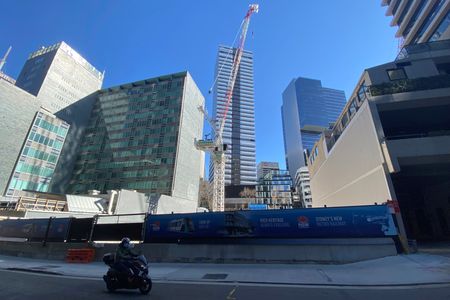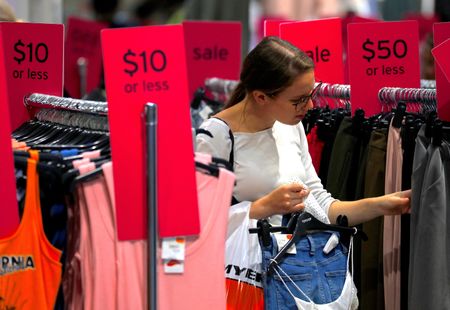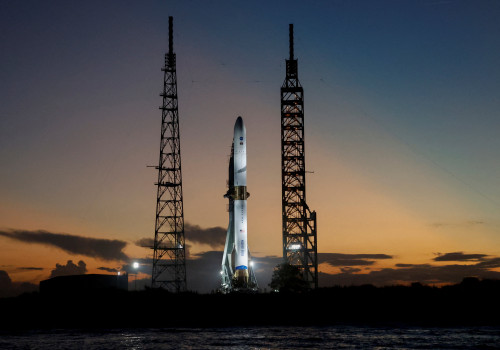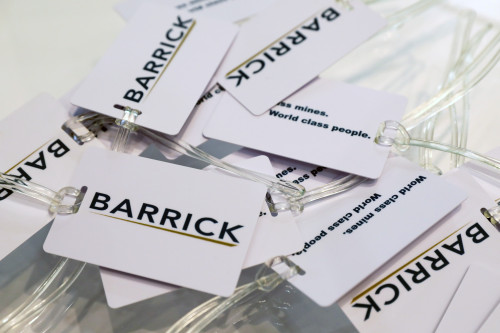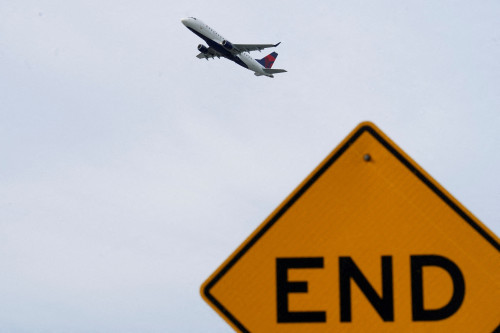By Stella Qiu
SYDNEY (Reuters) -Australian inflation slowed more than expected in the second quarter thanks to falls in the cost of domestic holidays and petrol, suggesting less pressure for another hike in interest rates and sending the local dollar sharply lower.
Investors reacted by lengthening the odds on the Reserve Bank of Australia (RBA) increasing rates at its meeting next week, with futures now pricing in a 31% chance of a quarter-point hike, compared with 50% before the data.
Data from the Australian Bureau of Statistics on Wednesday showed the consumer price index (CPI) rose 0.8% in the second quarter from the first, the smallest gain since the third quarter of 2021 and under market forecasts of 1.0%. In the first quarter, inflation was at 1.4%.
The annual pace slowed to 6.0%, from 7.0%, and was again below forecasts of 6.2%. For June alone, the CPI rose 5.4% year-on-year, down from 5.5% in May.
A closely watched measure of core inflation, the trimmed mean, rose 0.9% in the June quarter, pushing the annual pace down to 5.9% and just under forecasts of 6.0%.
The Australian dollar tumbled as much as 0.9% but recovered some of the losses and was last down 0.4% at $0.6765. Three year bond futures gained 5 ticks to 96.09. Markets are now seeing rates peaking at 4.32% by the end of the year, down from 4.42% before the data release.
RATE CALL CHANGES
Also, the National Australia Bank no longer expects a hike in August in the wake of the CPI report, although it warned of stronger prices in the current quarter given the wage pressures, higher energy costs and high services inflation.
“The inflation picture suggests the risk remains of some further tightening in Australia in the next few months but that at the same time we are close to the peak in interest rates,” economists at NAB said.
Goldman Sachs now expects the RBA to hike two more times to a peak cash rate of 4.6%, rather than the previous forecast of 4.85%. Nomura is putting the chance of a pause in August at two-thirds, compared with one-third previously.
Services inflation remained sticky as feared by policymakers, accelerating to a fresh 22-year high of 6.3% in the second quarter on higher rents, restaurant meals, childcare costs, the ABS data showed.
Rent inflation recorded the strongest quarterly rise since 1988, driven by low vacancy rates amid strong housing demand.
That was balanced by a sharp fall in goods inflation, which slowed to an annual rate of 5.8% from 7.6% the quarter before.
Robert Carnell, Asia-Pacific head of research at ING, said the outlook for July consumer prices were also favourable, but that it would be harder for inflation to keep slowing beyond this month and a hike in September looks probable.
“This favourable run of events, absent any unforeseen supply shocks, should help to keep policy rates on hold for a few meetings. But thereafter things become trickier,” said Carnell.
Headline inflation remains far above the RBA’s target band of 2-3% and it is only projected to return to the top of the bank’s target by mid-2025. The RBA will release its updated economic forecasts next week.
Moreover, the labour market has remained drum-tight, defying a whopping 400 basis point increase in rates so far, with the economy adding more jobs than expected in June and the jobless rate staying near 50-year lows.
The RBA has warned that some further tightening may be required to bring inflation to heel.
(Reporting by Stella Qiu and Wayne Cole; Editing by Jacqueline Wong & Shri Navaratnam)

